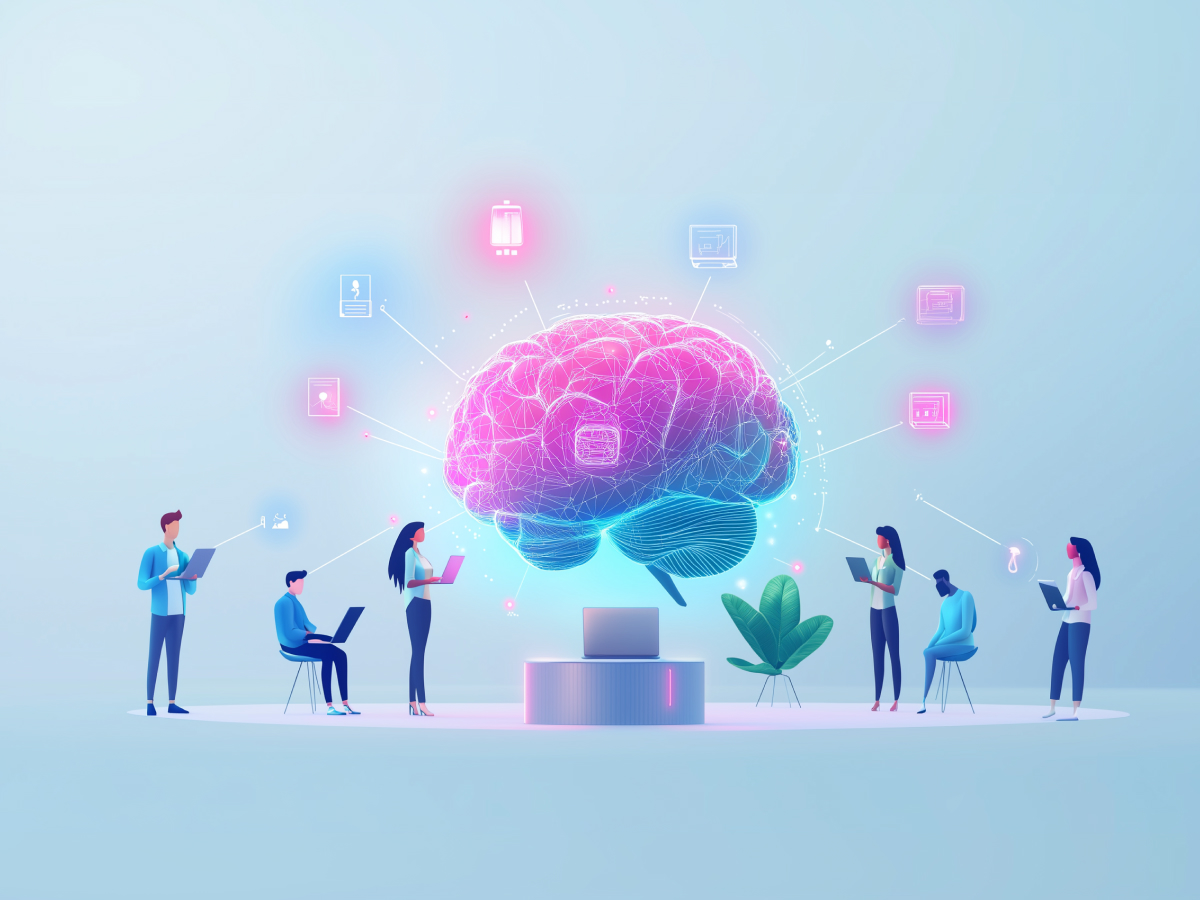Generative AI, or genAI, has taken us past the conventional boundaries of automation. Unlike the earlier iterations that focused on repetitive, manual tasks, mainly in industrial settings, technology is targeting non-routine, cognitive work. It means jobs that were once thought untouchable, those demanding creativity, analysis, or strategic thinking, are now within reach of AI systems.
Industries like education, IT, and finance, which are powered by knowledge work, are witnessing a seismic shift. GenAI is making it possible for highly skilled workers to complete tasks at incredible speeds. According to the OECD, up to 70% of these professionals can now finish half of their responsibilities twice as fast.
Think about the practical implications here. A financial analyst, for instance, could use genAI to process massive datasets in moments, generating actionable insights that once took days. Educators can automate personalized lesson planning, dedicating more time to one-on-one student interactions. IT professionals might use it to accelerate code development or debug complex systems, drastically reducing time-to-market for new software.
With all of these advancements, workers can redirect their focus toward higher-order problem-solving, innovation, and strategy, leaving routine tasks to AI. While this is exciting, it also challenges us to rethink how human potential is maximized.
This broadening of automation’s scope is a shift toward redefining roles, especially in urban centers where knowledge workers dominate the workforce. Only those who adapt quickly will thrive.
Job creation and workforce redistribution with generative AI
What happens when AI takes over tasks? Do we lose jobs? The data suggests otherwise. The OECD report is clear: while tasks may disappear, jobs as a whole won’t vanish. In fact, the total number of jobs is projected to grow. But, and this is where it gets tricky, the opportunities created won’t always line up with the jobs that are lost.
Here’s why. Jobs are changing, often requiring entirely new skill sets. A displaced bookkeeper, for instance, may find opportunities in managing AI-driven accounting systems, but only if they acquire the necessary expertise. This is where the mismatch lies. Those displaced by automation won’t always directly benefit from the roles that emerge, unless they’re equipped to do so.
This means reskilling is unavoidable. Organizations need to invest in training programs, partnerships with educational institutions, and internal upskilling initiatives to bridge the gap. It means equipping workers with technical skills and the soft skills, like creativity, emotional intelligence, and adaptability that are equally key in this new age.
Economic disparities are another layer to consider. While new jobs are being created, their distribution is uneven. Urban areas, already hubs of knowledge work, may benefit disproportionately compared to rural areas. This makes it important to adopt policies and strategies that spread opportunity more evenly, including remote work and access to digital tools.
What we’re looking at is a restructuring of the workforce. Businesses, governments, and individuals all have a role in navigating this transition. The rewards are immense for those who can move quickly and intelligently in this environment.





